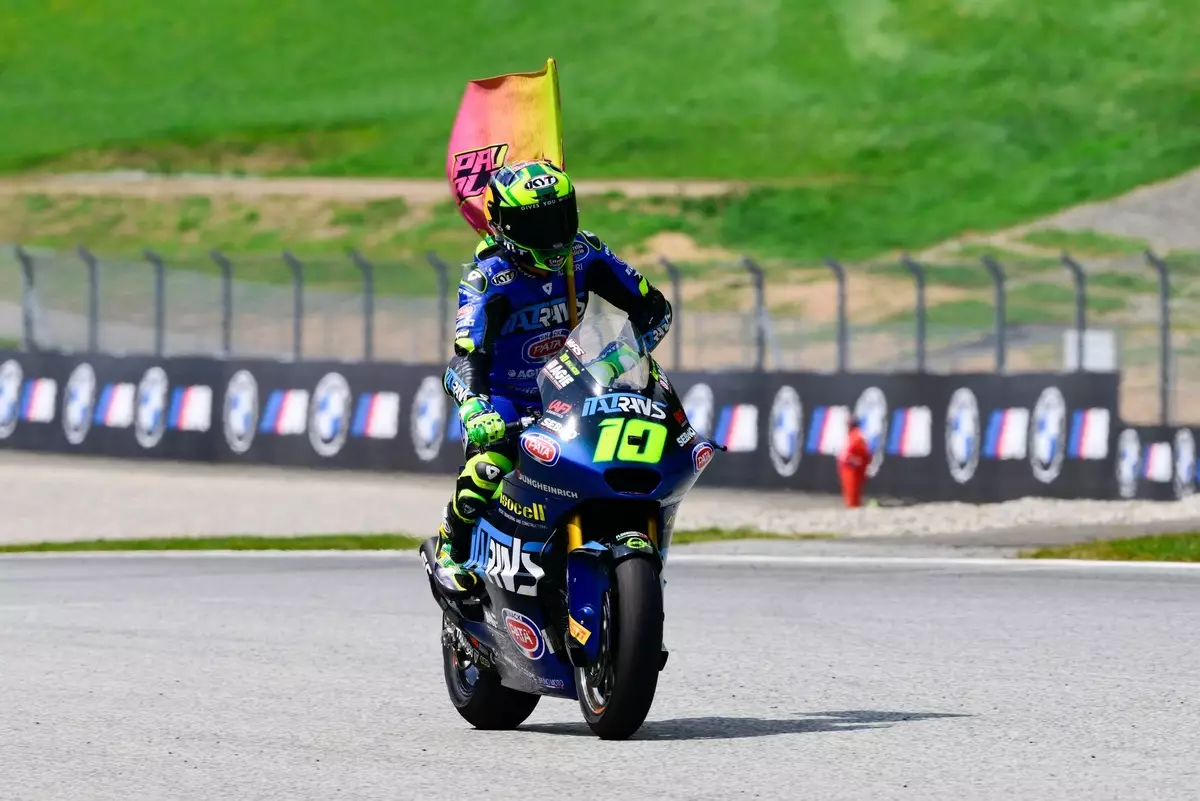The motorsport world isEntering a new chapter with Diogo Moreira’s imminent promotion to MotoGP, a leap that signals more than just personal ambition—it’s a pivotal moment for Brazilian motorsport representation on the global stage. At just 21, Moreira has demonstrated exceptional skill and resilience, most notably through his dominance in Moto2 races, which caught the attention of industry insiders and fans alike. His move to riding a Honda for LCR signifies not just career advancement but also a strategic shift within the sport’s evolving landscape.
Transitioning from Moto2 to MotoGP is no small feat; it is a passage that requires remarkable talent, adaptability, and mental fortitude. Moreira’s signing underscores Honda’s desire to cultivate youthful talent capable of competing at the highest level, especially as the sport targets a new generation of fans and a redefined technical era. His arrival is timely, aligning with the upcoming 2027 regulations, indicating Honda’s long-term vision to develop a rider ready for the significant technological changes on the horizon.
The International and Cultural Ramifications
The fact that Moreira is the first Brazilian in MotoGP since Alex Barros in 2007 carries weight far beyond individual achievement. It revitalizes national interest within Brazil, a country with rich motorcycle racing heritage but scant representation at the pinnacle of the sport in recent years. The return of a South American rider to the premier class could inspire a new wave of talent and sponsorship, potentially opening doors for future riders from the continent, and aligning with the sport’s efforts to globalize its horizons.
However, Moreira resists the narrative that his nationality is a key factor in his signing, emphasizing his performance above all else. Such comments reflect a healthy confidence and focus, but they also bear some critical scrutiny. In a sport historically influenced by national identities and sponsorships, his background may still serve as a valuable marketing asset—something manufacturers and teams often leverage to broaden appeal and boost regional engagement.
Strategic Choices and Industry Dynamics
Behind the scenes, Honda’s late-stage pursuit of Moreira reveals a calculated plan. The proposed multi-year deal hints at Honda’s deep investment in nurturing future champions capable of handling the switch to 850cc machines. The timing is strategic—aiming for Moreira to be fully prepared when the new regulations roll out in 2027—culminating in a focus that extends beyond immediate results and into the sport’s long-term evolution.
This double-edged approach signifies Honda’s recognition of the need for continuity and stability as the technical landscape shifts dramatically. As motorcycle manufacturers prepare for the transition, younger, adaptable riders like Moreira are becoming invaluable assets. For Honda, this move might also serve as a competitive counterbalance to Yamaha’s previous interest, asserting their dominance in both sporting results and marketing presence.
Ripple Effects in the MotoGP Ecosystem
The ripple effects of Moreira’s arrival are already evident, notably in team dynamics. Jack Miller’s prospects at Yamaha appear increasingly secure, with the Australian linked to possibly extending his tenure through 2026. Conversely, Miguel Oliveira, despite his initial contract renewal, faces uncertain circumstances, particularly if performance clauses are activated due to recent injuries. This portrait of contractual shifts highlights the fragility and volatility inherent in MotoGP’s rider market, where talent, injuries, and strategic decisions continuously reshape team line-ups.
Furthermore, the move underscores a broader trend: the sport’s ongoing effort to diversify and globalize. With ideas of the ‘Brazilian comeback’ in MotoGP, the sport is shifting towards embracing a more inclusive international identity, which could foster new sponsorships, fan engagement, and competitive rivalries across continents. Moreira’s journey symbolizes hope for underrepresented regions and demonstrates that consistent performance, not just nationality, remains the true currency for climbing the sport’s prestigious ladder.
Conclusion
In sum, Moreira’s rise to MotoGP encapsulates a convergence of talent, timing, and strategic planning. Yet, beneath the surface, it also exposes broader themes—national revitalization, industry evolution, and the relentless pursuit of excellence. His impending debut is a gamble for Honda, a beacon for Brazilian fans, and a testament to the sport’s capacity for reinvention. How well Moreira navigates this transition will likely influence the contours of MotoGP’s future, affirming that true greatness transcends borders and stereotypes in the relentless quest for racing supremacy.

